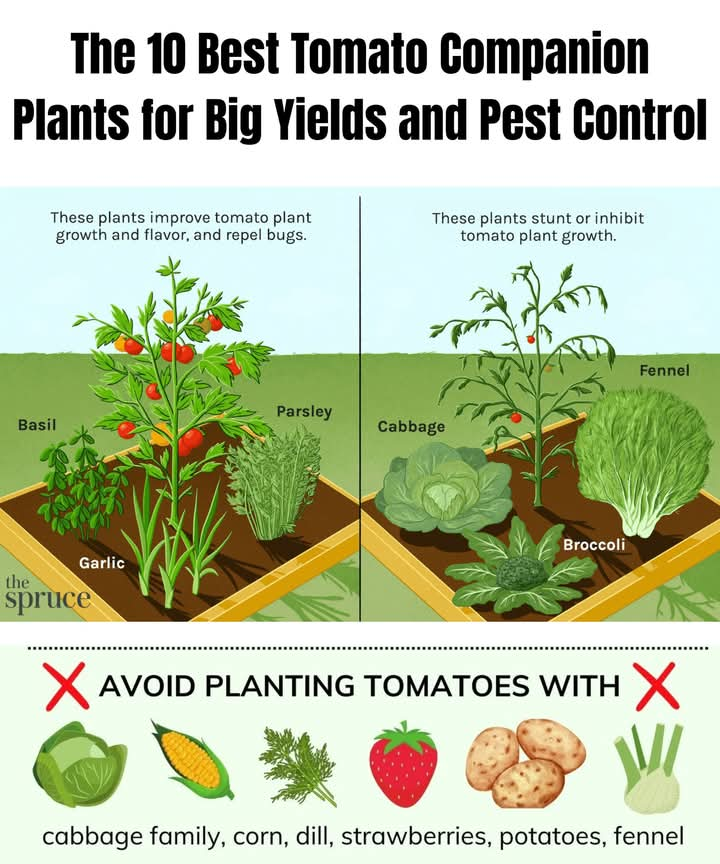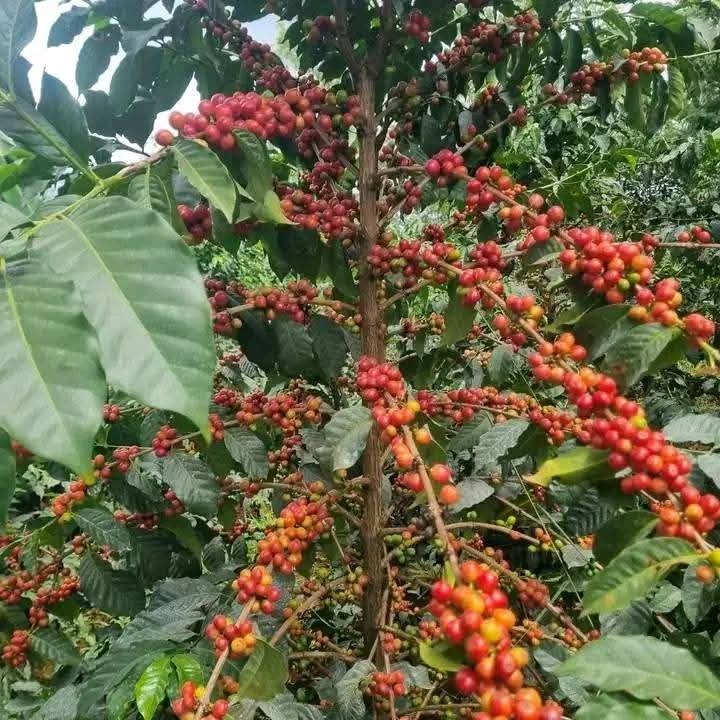4 tips for a successful coffee farming
COFFEE FARMING
4 tips for a successful coffee farming:
1. Choose the Right Climate and Location
Coffee plants thrive in tropical climates with consistent temperatures ranging from 60°F to 70°F (15°C to 24°C). Ideally, coffee should be grown at altitudes between 2,000 to 6,000 feet (600 to 1,800 meters) above sea level, as higher altitudes produce better-quality beans. Locations with well-distributed rainfall and partial shade are ideal, as coffee plants prefer a balance of sun and shade to avoid overheating or excessive water stress.
2. Select Quality Soil
Coffee plants require well-draining, fertile soil rich in organic matter. Loamy or volcanic soils with good water retention properties are ideal for coffee cultivation. The soil pH should be slightly acidic, between 6 and 6.5. If soil quality is poor, adding organic compost or fertilizers can help enrich the nutrients necessary for growth.
3. Proper Watering and Irrigation
Consistent watering is key, especially in the early stages of growth. Coffee plants need sufficient moisture but should not be waterlogged, as excess water can lead to root rot. Implementing drip irrigation systems can ensure proper water distribution, and mulch can help retain soil moisture. During the dry season, regular irrigation is necessary, while during the rainy season, you should avoid overwatering.
4. Pest and Disease Control
Coffee plants are susceptible to pests like coffee berry borer and diseases such as leaf rust. Regular monitoring of the plants for any signs of infestation or disease is essential. You can use organic or chemical pesticides to control pests. Additionally, promoting good plant health through adequate spacing, pruning, and proper fertilization helps reduce vulnerability to diseases.




